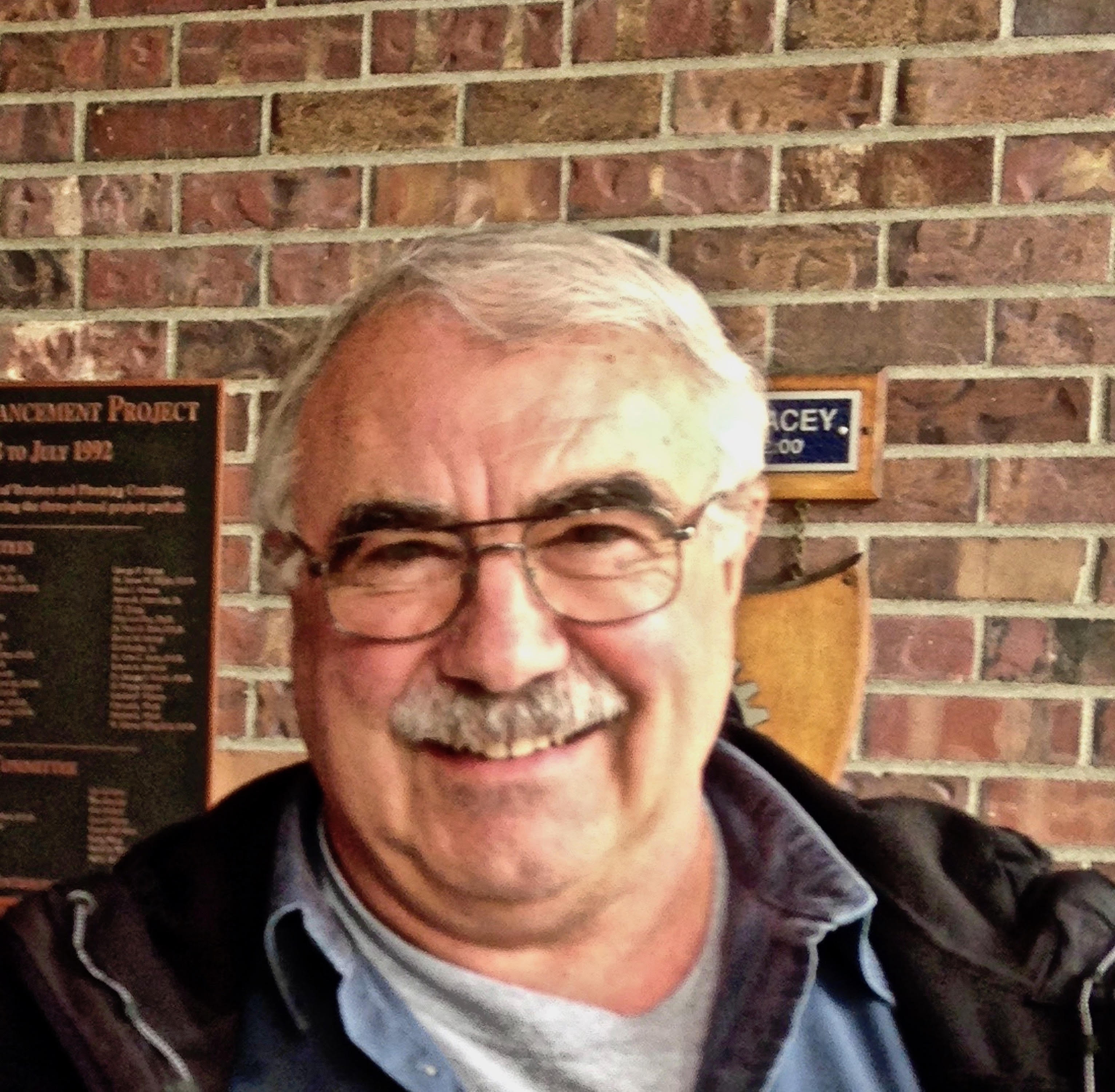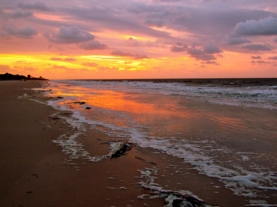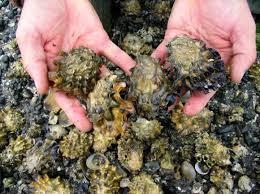Global Ocean Health is often asked what seafood producers can do to reduce their carbon emissions. While the emissions produced by the entire worldwide fishing industry are just a fraction of a fraction of a percent of global greenhouse gas production, if we want to stand as stewards of the ocean, it’s better to, “Walk the walk, not just talk the talk.” If seafood producers act as drivers for change, then being able to show you’ve made the effort to cut your own emissions footprint makes your stance more credible. Tackling ocean acidification involves not only driving better education, research, and policy, but also doing your bit to reduce emissions.
For the first time, accurate energy audits have been conducted on small commercial fishing vessels in Alaska, as part of a program initiated by the Alaska Fisheries Development Foundation (AFDF) and Sea Grant. “People in Alaska are familiar with home energy audits and this is basically a similar concept but on a fishing vessel. It becomes more complicated because there are more systems and different types of activities when you’re operating in different fisheries, things like that,” says Julie Decker, Director of AFDF.
The results from the 12 boats in phase one of the study were incorporated into an Energy Analysis Tool to help fishermen understand their vessel’s energy use and what equipment and operational changes could improve usage. In phase two, AFDF plans to launch a simpler version of the survey available via smartphone or over the web and is looking for more vessels to volunteer to participate. “You can see how much your hydraulics are using, or the main engine is drawing when you’re running around from fishery to fishery or how much your DC and AC systems are drawing, whether it’s for refrigeration, or what not,” says Decker. Go to their website to learn more about their energy audits, and read the story on AFDF’s search for volunteer vessels.
The list of possible actions in our guide is by no means complete, and we’d like to hear from you to help us improve it. Have you or your business done something that successfully reduced your carbon output, or encouraged others to do so? How did it turn out as a return on investment? Many companies find they end up saving money when they institute cuts in energy or fuel usage. We’d love to hear your stories, whether concerning your car, home, vessel, or company. And if you have questions for us, feel free to email info@globaloceanhealth. Thanks for reading, and happy fishing.
A few examples:
• Reduce vessel weight – weight control reduces the amount of power necessary to achieve a certain speed
• Maintain the bottom – in order to reduce drag, keep the bottom of the boat as smooth as possibly by removing marine growth and any other unnecessary elements
• Check the exhaust – exhaust from a well-maintained diesel engine is almost invisible
• Check the prop – bent blades, dings, or eroded edges cause the boat to consume more fuel
• Plan the route and timing – taking advantage of tides, currents, and predicted winds can easily save a lot of fuel
• Use a fuel meter on boats, and adjust the throttle to find the “sweet spot” in RPM where fuel consumption drops but speed is sufficient to meet the tides and delivery schedules (see graph below). Installing a simple device like a FloScan meter can help skippers optimize fuel use and vessel speed
• If you run an auxiliary diesel genset or two on your boat, consider a high-efficiency hydraulic generator from GenTech Global- Used with a good fuel meter, this system uses a proprietary software controller to run a generator directly off the main engine (no matter the rpm of the main), replacing a diesel genset, and cutting the cost of generating onboard electrical power in half—or better. The system is particularly valuable for some working vessels that need power for pumps, refrigeration, and other onboard systems
• Consider a Fitch fuel catalyst on your vessel engine. This simple device enhances fuel combustion; reduces emissions, injector fouling, and fuel consumption
• If you ship seafood, avoid airfreight wherever possible- Ship by water if you can, by rail or road otherwise. Airfreight dominates embedded emissions in most products that are shipped by air; it dwarfs everything else
 • Slow down – This graph (extracted from a fuel efficiency audit) shows that increasing speeds greatly increases the power necessary and therefore the amount of fuel consumed. Decreasing your speed by just 1 knots could reduce your fuel cost by as much as 50%
• Slow down – This graph (extracted from a fuel efficiency audit) shows that increasing speeds greatly increases the power necessary and therefore the amount of fuel consumed. Decreasing your speed by just 1 knots could reduce your fuel cost by as much as 50%
• Got food waste or seafood processing waste? Compost it, or make fuel out of it. If it goes to the landfill, this waste frequently will form methane in the anoxic conditions below ground. Methane has ~21 times the insulating, warming power of CO2. A well-aerated compost pile converts the carbon into new soil material, where it becomes a useful nutrient instead of forming methane. You can also set up a simple biogas digester in a barrel and use it to generate fuel. If you burn it instead of venting it, biogas can replace commercially purchased fuel, shifting some of your energy demand to a carbon-neutral status. Instructions to do this are readily available on YouTube
• Ask your employees- Let your employees know that lowering energy costs and carbon emissions is important to your company. They may have a different perspective that could save you money and make your business greener.
• Don’t run more electrical than you need. Make certain that both on-shore and on-vessel you are not creating needless electrical draw. Turn computers completely off when not in use, as well as chargers, lights, printers – whatever the device, ensuring that small details are taken care of can make a real difference to your bottom line
• Consider adding a wind-powered charger or solar panels
• Keep good records- You only know whether you’re making an improvement (or making things worse) if you have good numbers on vessel performance, both before and after changes. At every fuel-up you should record fuel replaced, operating hours (from your hour meter or engine hour logbook), and if possible, distance traveled. Other observations such as changes in coolant and exhaust temperatures, oil temperatures and pressures, and speed over the ground (as indicated by GPS or LORAN readings) should be logged
• Do the math- Fuel is only one of the costs of your operation. You can’t manage what you don’t measure! Capital expenditure (the price of new equipment) and the value of your time and that of your crew are also costs. The cost of a solution, such as buying a new engine or even a new vessel, may be greater than the savings that could be realized. As fish prices, fuel costs, regulations, and other factors change, it is important to recalculate the trade-offs
• At home, work, or on-vessel – unplug, unplug, unplug. It’s convenient to keep that cell phone charger plugged in, and no harm done, right? Wrong. It continues to draw power even when no device is charging. Many electronics draw power even when turned off – especially cable boxes; but also DVD/BluRay players, stereos, gaming consoles, etc. And don’t walk away with your computer on – screensavers or “sleep mode” are not the same as off. All these little things add up, and besides making a difference collectively, you might even see a drop in your monthly electricity costs.
RESOURCES:
Alaska Longline Fishermen’s Association Fuel Efficiency Initiative
Alaska Sea Grant Marine Advisory Program

 Last fall I advocated steps to improve a proposed statewide initiative to cut carbon pollution—making it work better for rural, resource-dependent communities like Ilwaco. Now I’m proud to report that we got the improvements we needed. I’m supporting Initiative 1631.
Last fall I advocated steps to improve a proposed statewide initiative to cut carbon pollution—making it work better for rural, resource-dependent communities like Ilwaco. Now I’m proud to report that we got the improvements we needed. I’m supporting Initiative 1631.


